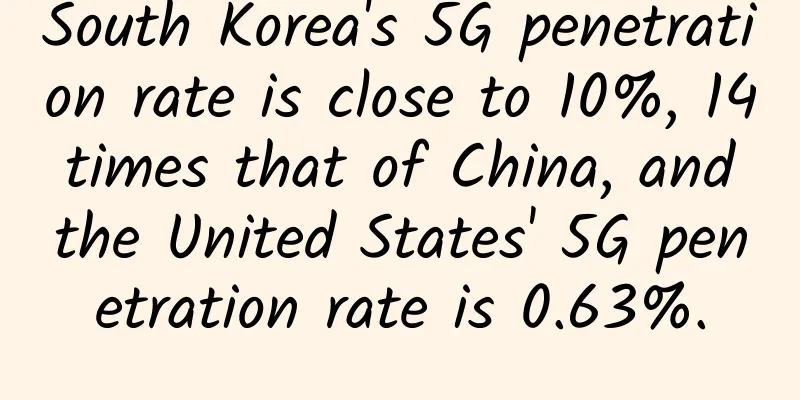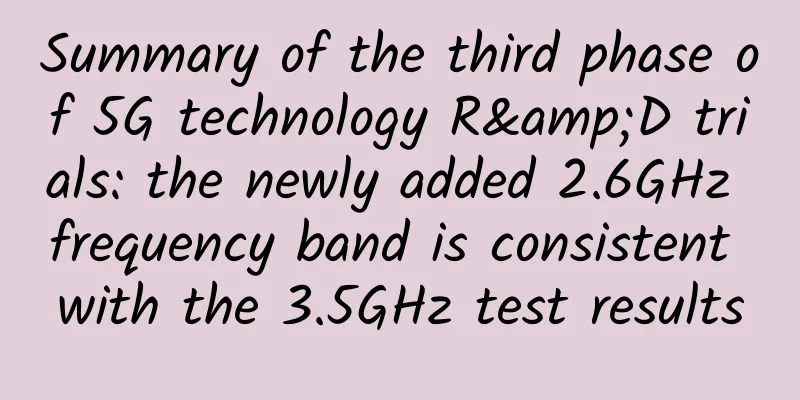A large wave of policies is coming, what are you waiting for, IoT people!

|
On April 23, General Secretary Xi Jinping emphasized the need to promote investment in new infrastructure such as 5G, the Internet of Things, artificial intelligence, and the industrial Internet during his inspection in Shaanxi:
Once the new infrastructure policy was introduced by various provinces, cities and districts, the popularity quickly soared in China. Judging from media reports, there are interpretations and in-depth studies of the new infrastructure almost every day. More investors and companies are concerned about which industries will enter the scope of new infrastructure construction. Not long before General Secretary Xi Jinping named it, the National Development and Reform Commission clarified the three aspects of new infrastructure: Three aspects of new infrastructure
As it happens, I have also briefly described the relevant content of the new infrastructure before (go to the hyperlink 34 trillion yuan new infrastructure, the Internet of Things will be everywhere), combined with the information conveyed by General Secretary Xi and the National Development and Reform Commission. First of all, the focus of the infrastructure to be built in this new infrastructure has changed. It is no longer the traditional "railway, highway and infrastructure", but the construction of 5G signal towers, low-Earth orbit satellites, supercomputers and other scientific and technological infrastructure that is essentially more superstructure-like than "railway, highway and infrastructure". In addition, from the perspective of the second clear scope of the National Development and Reform Commission. Railway, highway and infrastructure have not been abandoned on the road of development. As mentioned earlier in the article, the focus is mainly on the shift of the center of gravity, that is, the focus of the development of this new infrastructure is cutting-edge technology. If the first article can be seen as just the infrastructure required for the construction of cutting-edge technology itself, this infrastructure is from 0-1, then the integrated infrastructure is from 1-N. Because the integrated infrastructure is to upgrade and transform the traditional "railway, highway and infrastructure", this N can be the type of technology used, or it can be said that the different roles and effects of the "railway, highway and infrastructure" after integration. Here we can also give an example of infrastructure construction in the field of smart transportation, such as V2X vehicle networking. Previously, when Baidu's self-driving cars were operating in Changsha, they not only used single-vehicle intelligence, but also used sensors, AI algorithms, 5G and other cutting-edge technologies to upgrade traffic lights and signs to supplement the vision of self-driving cars. Similarly, in terms of smart energy infrastructure, smart water meters, smart water services, and smart grids are all upgraded on the basis of the original counting meters and the "railway and highway infrastructure" of the power grid to achieve the fusion effect and function of 1+1=N.
Regarding the third point of innovative infrastructure, it is obvious that many provinces, cities and districts have already started construction a long time ago. Affected by the epidemic, many domestic companies have begun to use domestic suppliers. The most obvious example is Huawei. Huawei Mobile has previously stated that it will vigorously support domestic suppliers and use domestic components in the future. In December 2019, the Shanghai Jiading Intelligent Sensor Industrial Park was officially launched, which to some extent shows the importance that China attaches to bottleneck technologies such as sensors. Especially for an industrial power like China, when industries such as intelligent manufacturing and Industry 4.0 are about to be launched, the cultivation of relevant talents and independent research and development of scientific and technological innovation are particularly important. Therefore, the third innovative infrastructure may be the most lacking and weakest new infrastructure in China's development for decades. In a sense, only by realizing innovative infrastructure can we realize information infrastructure and integrated infrastructure faster and more perfectly. After General Secretary Xi Jinping named the Internet of Things and the Industrial Internet, the author agrees with the previous view and is more firmly convinced that the Internet of Things will become a top priority and ubiquitous in the entire new infrastructure. Although 5G and AI technologies belong to independent technical fields, in the new infrastructure, they are more like a "tool" and need to be integrated with the Internet of Things to play a greater role. For smart cities, industrial Internet of Things, and smart homes, the Internet of Things is the connotation and soul of their construction, and 5G and AI determine their height and launch. In other words, the Internet of Things is the 1 of the new infrastructure. From 0 to 1, it can be said that the Internet of Things is from nothing to something, and the use of 5G, AI, big data and other technologies can show the N effects that the new infrastructure wants to achieve.
From a macro perspective, the new infrastructure has played a role as a booster in resisting the significant impact of the epidemic on the domestic economy. We have also seen the significant role played by the Internet of Things during the epidemic. It is no longer just talk, and has once again promoted the rise of the contactless economy. At the same time, due to the development bottleneck in the traditional economic environment in China, when the battle against poverty sounds the horn of victory, the new superstructure represented by the Internet of Things will also become a national weapon in the future. On April 23, TSMC Chairman Liu Deyin and President Wei Zhejia stated in the "Report to Shareholders" that among the five major application areas of 5G, Internet of Things, high-performance computing, consumer electronics, and automotive electronics, TSMC believes that the Internet of Things (IoT) application has the most optimistic growth in 2020, and it is estimated to grow by mid-double-digit percentage points (about 15%). So, how to build and operate the Internet of Things under the new infrastructure is the foundation of this new infrastructure. How to highlight the perfect integration of 5G, AI technology and the Internet of Things is the height of this new infrastructure. Fortunately, we have seen that many industries and companies have begun to change the status quo with their own hands and have stepped on the express train of new infrastructure. |
>>: How does Baidu Netdisk steal your traffic?
Recommend
HPE (Aruba) Named a Leader in Gartner® 2022 Magic Quadrant™ for Enterprise Wired and Wireless LAN Infrastructure for the 17th Consecutive Year
Aruba, a Hewlett Packard Enterprise (NYSE: HPE) c...
EtherNetservers special VPS starting from $14.95 per year - 1GB/40G SSD/1TB@10Gbps/Los Angeles & Miami & New Jersey data centers
EtherNetservers is a foreign hosting company esta...
Diagram | In-depth understanding of the stumbling blocks on the road to high-performance network development - synchronous blocking network IO
[[386495]] This article is reprinted from the WeC...
IDC: Strong growth in enterprise WLAN market in the fourth quarter and full year 2021
According to IDC's Global WLAN Market Quarter...
Application of multimodal algorithms in video understanding
1. Overview At present, video classification algo...
What problems can blockchain solve in the real world IT field?
The tech world has long embraced high-risk, high-...
Uncovering the Cost of Cyber Attacks in the 5G Era
With the advent of the 5G era, smart IoT devices ...
Virtono offers 30% off down payment for all VPS, 27 data centers in Japan/Singapore/Hong Kong/USA/UK etc.
Virtono recently released a 30% discount code for...
RackNerd New Year Sale: VPS in multiple data centers in San Jose/Seattle and other places starting at $10 per year
RackNerd has launched a New Year 2023 sales event...
iWebFusion: Starting from $7/month - 4GB/20GB/1.5TB@1Gbps/5 data centers including Los Angeles and North Carolina
We have just shared information about iWebFusion&...
5G is the new infrastructure, but it also faces practical problems
Labs Guide When we browse Moments and watch video...
HXServers: $3/month KVM-dual-core CPU, 1GB memory, 60G NVMe, 2Gbps unlimited traffic, Los Angeles/Phoenix data center
HXServers is a new foreign hosting company that o...
I have seven solutions for implementing real-time web messaging
I have a friend~ I have built a small website, an...
In the first month of Alipay’s digital shopping mall launch, 80% of the country’s top shopping malls have opened Alipay “offices”
Intime, Mixc, Impression City and Alipay jointly ...
To lead the high-quality development of information technology innovation, the Shenzhou Cloud Technology National Tour is officially launched!
On March 2, 2023, the Shenzhou Cloud Technology N...




![[Black Friday] DediPath VPS Hosting 50% Off, 1Gbps Unlimited Dedicated Server Starting at $45/month](/upload/images/67cac47855e2e.webp)




